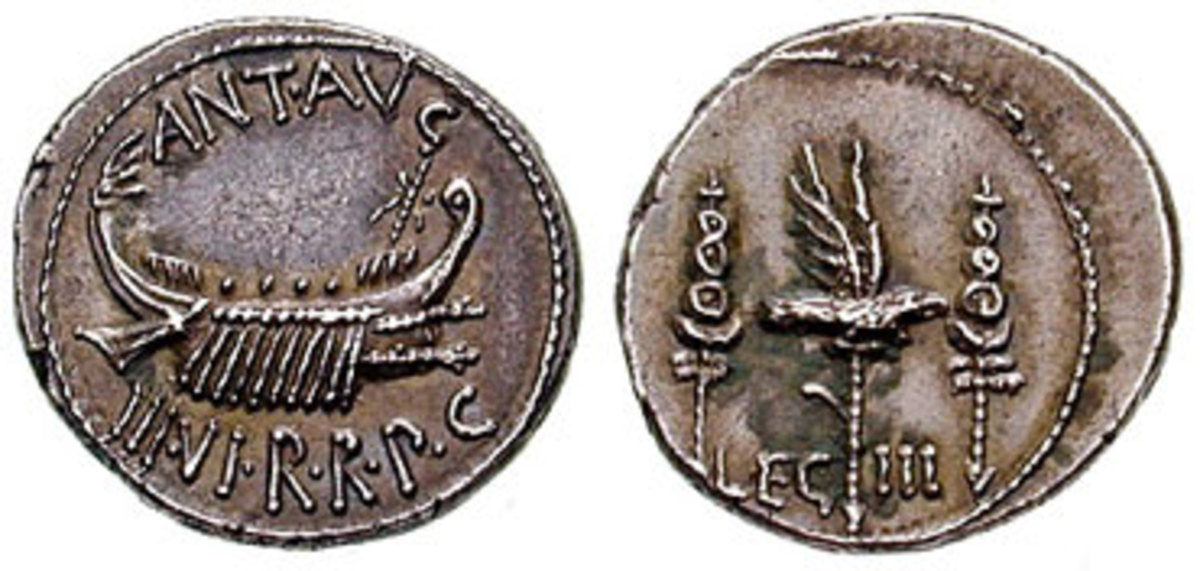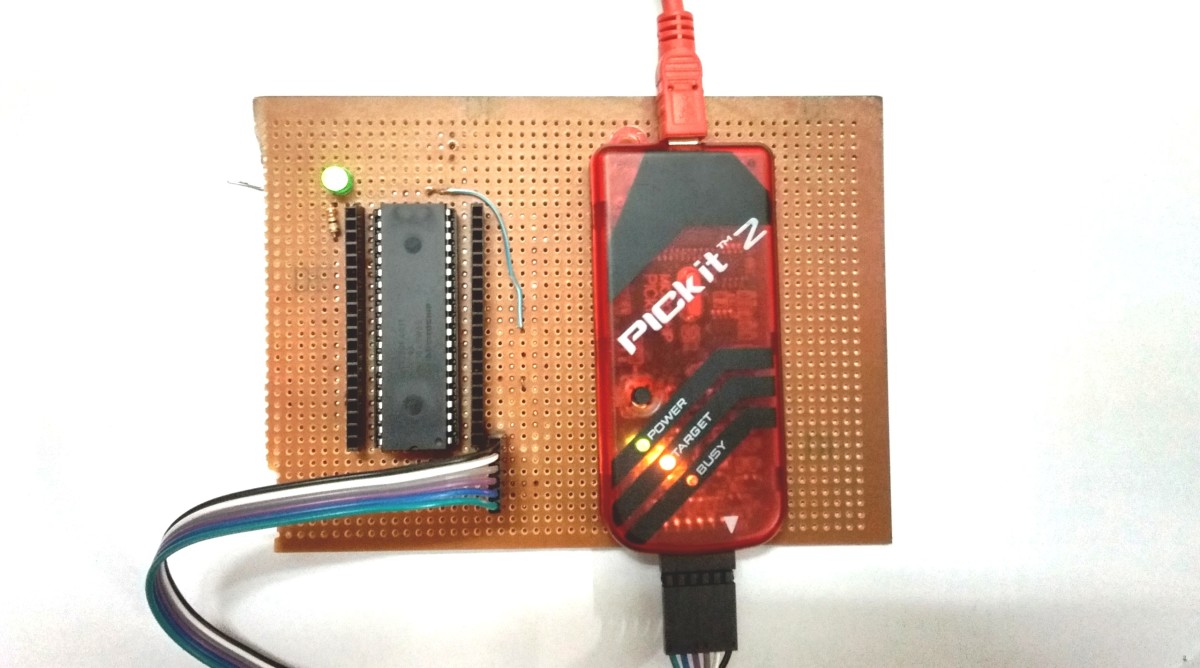An Overview of IEEE Standard 2030
An Overview of IEEE 2030
Development of IEEE 2030 standard was accelerated due the Energy Independence and Security Act of 2007, since that law mandated development of a smart grid framework. IEEE Standard 2030, developed by the SCC21 IEEE Committee, defines a reference model similar to the TCP/IP model for internet communications.
The TCP/IP model is independent of the browser type, device used, programming language used to create the website and method for connecting to the Internet. By creating a reference model for how communications are handled between smart grid components, anything designed to those standards should connect and communicate with other items on the smart grid.
IEEE 2030 also lists a common set of terms to be used in later smart grid standards. It describes what qualifies as a smart grid so that engineers know what falls under current and future smart grid standards. Functional performance and evaluation criteria are also defined.
IEEE 2030 Extensions
IEEE 2030 was published in 2011 by the IEEE 2030WG, the Smart Grid Interoperability Working Group, as the starting point of an entire set of smart grid standards. Further extensions of the IEEE 2030 standard will include guidelines for energy storage systems connected to the smart grid, electrical transportation infrastructure linked to the smart grid and test procedures for these types of equipment.
These extensions will address how electric car charging stations and electric vehicles or next generation trolleys that rely on the smart grid for power will connect to it and how they will be tested to ensure compliance with the standard. Energy storage devices, whether they are battery arrays, super flywheel energy storage systems or hydrogen fuel cells, are also covered by these extensions.
The energy storage device standards would describe how these devices report how much energy they can absorb from the smart grid when excess power is produced, how much power they currently hold and what they can deliver to the grid when demand is greatest.
Over the long term, the smart grid may allow for lower energy consumption through centralized management of personal appliances or industrial production, but the legal and technical ramifications have yet to be mapped out. This may be addressed by IEEE 2030 extensions or entirely new IEEE standards in the future.
Wind Power's True Size

Why Renewable Energy Is Pushing the Development of Smart Grid Standards
Traditional power generation has focused on coal, nuclear, oil and hydroelectric power. Power generated by these sources was relatively constant. Nuclear power production can be lowered by removing some of the rods, but the power generated by a plant can only be increased through installation of better heat regeneration piping, more efficient turbines or expanding the plant with more reactors.
Hydroelectric power is similarly constrained; there is a peak power level it can produce, but opening flood gates instead of running water through the turbines means that it can lower power production and save wear and tear on turbines when power isn't required.
Power generation with oil and coal could be ramped up by burning more fuel. Reserve units are brought on line to meet peak demand during the summer and winter. Unused power from these plants is typically lost. However, these plants can be turned on as required, making hydrocarbon based fuels the primary fall back source of energy when demand spikes.
Smart grids are required to balance the variable power generation of most renewable power sources, such as wind and solar. For example, wind power generation peaks in the spring and fall, while power demands from heating and cooling are greatest in summer and winter.
Power requirements are highest during the day when most people are at work, while wind peaks in the early morning and late evening. Solar power generation is limited to the day time. It is also limited by shorter days in the winter, when demand for power to heat homes is greater. Increasing energy storage capacity will eliminate the need to build natural gas plants that can be turned on when power demand spikes.
For all of this to work smoothly, the natural gas plants, traditional power plants, renewable energy sources and energy storage devices must be linked and communicate with each other in real time to supply power as required without wasting energy or leaving users with rolling brown outs due to inadequate supply. Prior power system standards such as IEEE 1547 assumed relatively little power grid connectivity.
IEEE Standard 2030 was developed to provide a shared communication and information sharing framework on which the future smart grid will be built.








